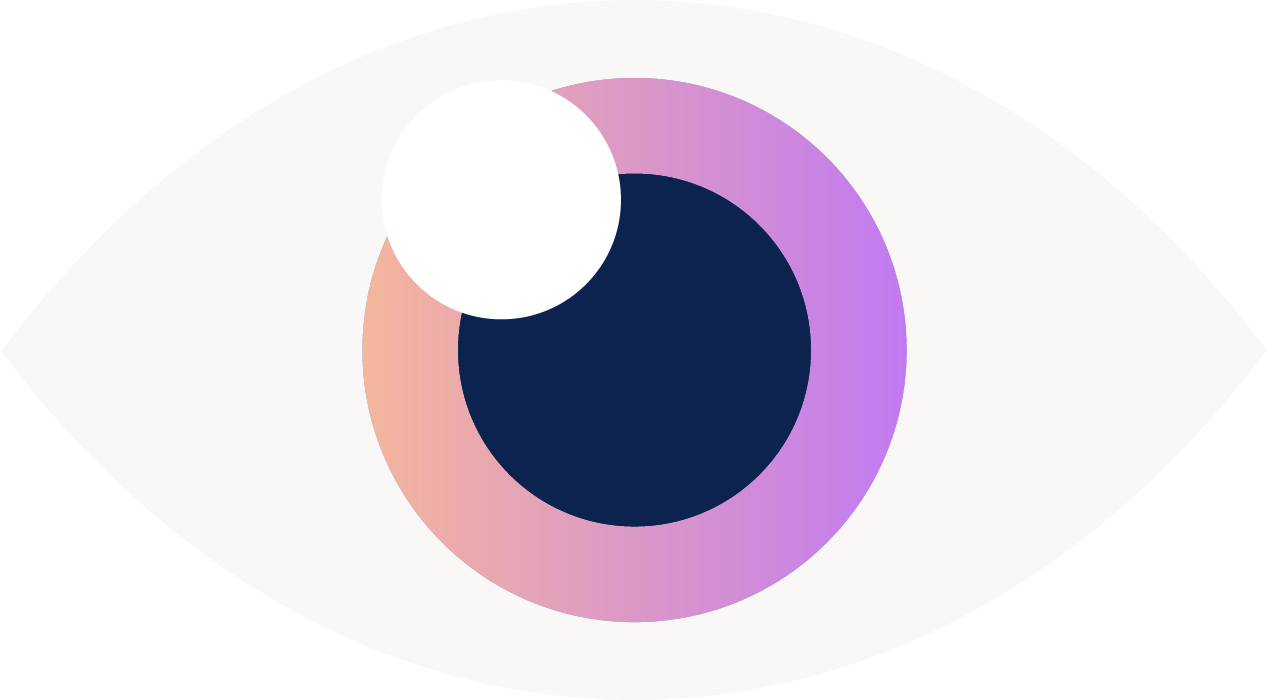The Ultimate Guide To Myopia Management For Kids: Atropine, MiSight, Ortho-K & Stellest/Miyosmart Glasses Explained
Listen On
As a pediatric ophthalmologist and mom, I've seen firsthand how frustrating it can be for parents when their child's vision just keeps getting worse year after year. You take them to the eye doctor, only to find their glasses prescription has increased yet again, requiring new, thicker lenses. It's not just an inconvenience - it can also be a significant financial burden.
But more importantly, unchecked myopia, or nearsightedness, poses serious risks to your child's long-term eye health. High levels of myopia are linked to an increased chance of retinal detachment, glaucoma, cataracts, and other vision-threatening conditions later in life.
That's why I'm so passionate about myopia management- the use of proven treatments to slow the progression of nearsightedness in children. In my decades of experience, I've seen these strategies make a real difference, and I'm excited to share the latest research and clinical evidence with you.
In this blog series, I'll be diving deep into four key myopia management treatments:
Low-dose atropine eye drops: This medication can help relax the focusing muscles in the eye, reducing the "hyperopic defocus" that can signal the eye to keep growing longer and more myopic.
Orthokeratology (Ortho-K) contact lenses: These specialized contacts temporarily reshape the cornea overnight, providing clear vision during the day without glasses or daytime contacts.
Multifocal contact lenses: The different lens powers in these contacts help reduce peripheral blur, which is thought to be a key driver of myopia progression.
Peripheral defocus inhibiting spectacle (PDIS) lenses: These glasses are designed to create a clear image on the retina, even in the peripheral parts of the visual field, to minimize the stimulus for the eye to keep elongating.
Each of these approaches works a bit differently, but the goal is the same - to reduce the factors that can signal a child's eye to keep growing longer and more myopic over time. By addressing this underlying mechanism, we can potentially change the endpoint, helping kids avoid the severe levels of nearsightedness that put their vision at risk.
Of course, every child is different, and the right myopia management plan will depend on their individual needs and circumstances. That's why it's so important to work closely with an eye care provider who specializes in this area. They can evaluate your child, explain the pros and cons of each treatment, and help you make an informed decision.
I know managing your child's vision can feel overwhelming, but I'm here to help. Stay tuned for deep dives into each myopia management option - and remember, there are effective ways to slow the progression and protect your child's eyesight for the long term.
Connect with Me:
Follow me on Instagram
- Have a question about this episode or a future topic? Reach out to me at hello@drrupawong.com
Don’t forget to subscribe to It’s Good to See You wherever you listen, and if you found this episode helpful, please leave a review to help more parents discover this show!





